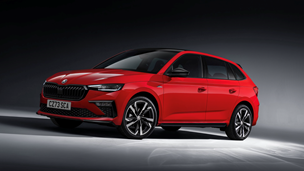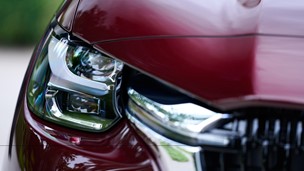Traffic lights have the same purpose everywhere, yet take many different forms all over the world. From the entertaining and gender-free to the downright peculiar. Read on for a journey through some weird and wonderful examples of traffic lights around the world.
Who invented traffic lights?
J.P Knight, a railway signalling engineer, invented the first gas-operated traffic signal with the first ones situated outside the House of Parliament in 1868.
But the modern traffic light we all love (or rather hate) today was first invented Stateside. The red-green system was installed in Cleveland in 1914. Meanwhile, three-colour signals first made an appearance in New York during 1918, with London following suit in 1925.
Czech Republic Traffic Lights
The Little Quarter hosts one of the narrowest streets in Prague with traffic lights installed to avoid pedestrians colliding in a human traffic jam. The 19.6-inch gap is somewhat of a tourist trap with amused sightseers flocking to take photographs at the spot.
Unfortunately, the pedestrian traffic signals don’t always meet their function with an incident in which one unlucky German tourist got wedged in the lane – we heard soap was involved in the removal to help slide her out.

Japanese Traffic Lights
Traffic lights get a little confusing in Japan. Essentially, the “green light” is called “blue light” by Japanese folk. Now there is some logic behind this.
Traditionally, Japan only had four basic colour terms – black, white, red, blue – the latter category meaning “unclear” colours which green apparently falls into. Hence why green is blue despite it being obvious the colour is green, and Japanese people acknowledging this. Still following? Good!

Portuguese Traffic Lights
One of our favourite traffic signals, also known as “the dancing traffic light”. Lisbon replaced the red man with a dancing man much to the entertainment of pedestrian onlookers.
Members of the public could access an unseen box to pull out their best dance movements and animate the red man. Every dance was transmitted so the traffic lights operated in real time.
German Traffic Lights
Designed in 1961 by traffic psychologist Karl Peglau, 'the ampelmann' are traffic light men used across in Germany. The much-loved brand disappeared from streets following reunification. However, nothing can keep these popular traffic men away, and after a public campaign in 1997, they returned to Germany’s residential roads. Tourists can even find 'ampelmann' branded products for sale.
Some neighbourhoods in Germany and The Netherlands re-created the 'ampelmann' by changing all their walking symbols over to the ‘ampelwoman’ – all in the name of gender equality!

Thailand’s Traffic Lights
Thailand is full of surprises - something that extends to its traffic systems. Krabi certainly adopts a more imaginative approach to control their traffic flow. The Thai province hammers home road safety with traffic lights supported by a giant caveman statue.
On first sight, the figure could be mistaken for an ape, but they are in fact depictions of cavemen paying tribute to Neanderthal history in the local limestone caves.

UK Traffic Lights
The UK’s traffic light tree is not used to control traffic but instead stands as an eight-metre high sculpture created by French sculptor Pierre Vivant in 1998.
Originally, the public sculpture (containing 75 sets of lights) was “planted” at a roundabout in Canary Wharf on a plane tree site suffering pollution. Containing 75 sets of lights, the tree can now be found near Billingsgate Market and is a real favourite with locals and tourists alike.





